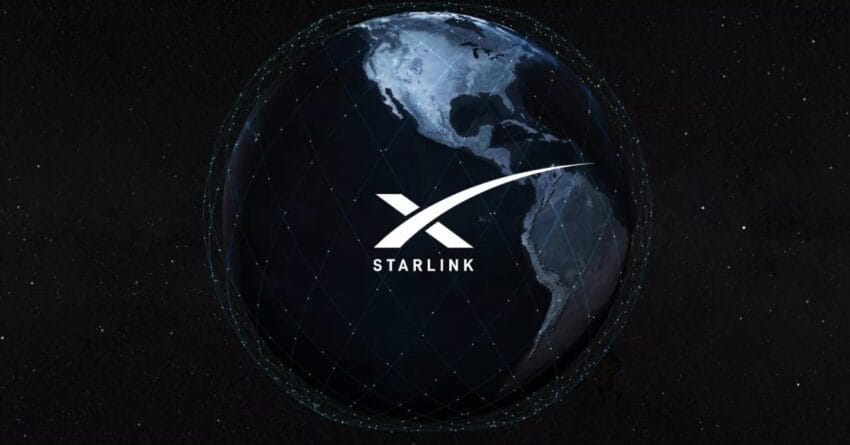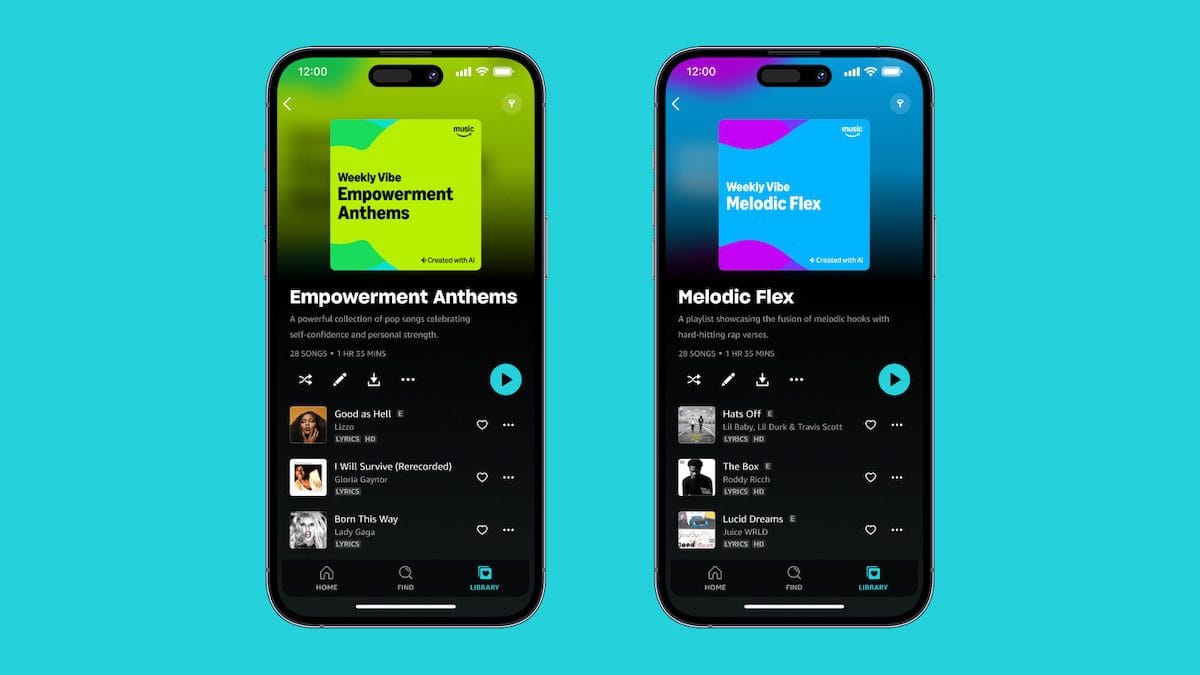
starlink direct-to-cell satellite connectivity expanding beyond t-mobile SpaceX has announced a significant expansion of its Starlink direct-to-cell satellite connectivity service, partnering with the company behind Boost Mobile to enhance mobile service capabilities.
starlink direct-to-cell satellite connectivity expanding beyond t-mobile
Overview of the Partnership
SpaceX, the aerospace manufacturer and space transportation company founded by Elon Musk, has made headlines once again with its innovative approach to satellite communications. The latest development involves a partnership with Dish Network, the parent company of Boost Mobile. This collaboration aims to extend Starlink’s direct-to-cell satellite service beyond its existing agreement with T-Mobile, which was announced in 2022.
Under this new agreement, Dish Network will leverage Starlink’s satellite technology to provide mobile connectivity to its customers. This partnership is particularly significant as it marks a shift in how mobile services can be delivered, especially in areas where traditional cellular networks are unreliable or non-existent.
Implications of the Expansion
The implications of this partnership are far-reaching, particularly for rural and underserved communities. Many regions around the world still lack reliable cellular service, which can hinder access to essential services, emergency communications, and even economic opportunities. By utilizing Starlink’s satellite technology, Dish Network aims to bridge this connectivity gap.
Enhancing Connectivity in Rural Areas
Rural areas often face challenges related to mobile connectivity due to geographical barriers and the high cost of building traditional cellular infrastructure. Starlink’s satellite network, which consists of thousands of low Earth orbit (LEO) satellites, is designed to provide high-speed internet access to virtually any location on the planet. This capability can be transformative for rural communities, enabling residents to access mobile services that were previously unavailable.
Furthermore, this partnership could lead to improved emergency response capabilities. In times of natural disasters or other emergencies, traditional cellular networks can become overloaded or damaged. Satellite connectivity can provide a reliable alternative, ensuring that individuals can communicate with emergency services and receive critical information.
Potential for Global Reach
One of the most exciting aspects of this partnership is its potential for global reach. While the initial focus may be on the United States, both SpaceX and Dish Network have expressed interest in expanding their services to international markets. This could open up new opportunities for mobile connectivity in developing countries, where access to reliable communication services is often limited.
As the partnership evolves, it will be interesting to see how the two companies navigate regulatory challenges in different countries. Each nation has its own set of rules governing telecommunications, and compliance will be essential for successful international expansion.
Technical Aspects of Starlink’s Technology
To understand the significance of this partnership, it is important to delve into the technical aspects of Starlink’s satellite technology. Starlink operates a constellation of LEO satellites that orbit the Earth at altitudes ranging from 340 km to 1,200 km. This positioning allows for lower latency and faster internet speeds compared to traditional geostationary satellites, which orbit at much higher altitudes.
The satellites communicate with ground stations and user terminals, providing internet access to users on the ground. With the new partnership, Dish Network will be able to utilize this technology to offer mobile services directly to its customers, potentially revolutionizing the way mobile connectivity is delivered.
Challenges and Limitations
Despite the promising potential of this partnership, there are challenges and limitations that need to be addressed. One of the primary concerns is the issue of bandwidth. While Starlink’s satellite network can provide high-speed internet access, the capacity may be limited, especially as more users come online. This could lead to congestion and slower speeds during peak usage times.
Additionally, the technology requires a clear line of sight to the satellites, which can be obstructed by buildings, trees, and other obstacles. This limitation may affect the quality of service in urban areas, where tall structures can interfere with satellite signals.
Regulatory Considerations
Regulatory considerations will also play a crucial role in the success of this partnership. Telecommunications is a heavily regulated industry, and both SpaceX and Dish Network will need to navigate various legal frameworks to ensure compliance. This includes obtaining the necessary licenses and permits to operate in different regions, as well as adhering to local laws regarding telecommunications.
Furthermore, there may be concerns related to spectrum allocation and interference with existing services. The partnership will need to work closely with regulatory bodies to address these issues and ensure that the service can be delivered without disrupting existing networks.
Market Reactions and Stakeholder Perspectives
The announcement of this partnership has garnered attention from various stakeholders in the telecommunications industry. Analysts and industry experts have expressed optimism about the potential for improved connectivity, particularly in underserved areas. Many view this collaboration as a step forward in the ongoing effort to bridge the digital divide.
Consumer Reactions
Consumers have also reacted positively to the news, particularly those living in rural areas who have long struggled with unreliable mobile service. The prospect of having access to high-speed mobile connectivity through satellite technology is seen as a game-changer for many individuals and businesses alike.
However, some consumers have raised concerns about the cost of service. While the partnership aims to provide affordable connectivity, the pricing structure will be critical in determining how accessible the service will be for average consumers. If the costs are too high, it may limit the effectiveness of the initiative in reaching those who need it most.
Industry Expert Opinions
Industry experts have highlighted the importance of this partnership in the broader context of telecommunications innovation. As traditional cellular networks face challenges related to capacity and coverage, satellite technology offers a viable alternative. Experts believe that this partnership could pave the way for further advancements in satellite communications, potentially leading to new applications and services.
Future Prospects
Looking ahead, the future of Starlink’s direct-to-cell satellite service appears promising. The partnership with Dish Network is just the beginning, and there is potential for further collaborations with other telecommunications providers. As the demand for reliable mobile connectivity continues to grow, innovative solutions like satellite technology will play an increasingly important role in meeting these needs.
Moreover, as technology continues to evolve, we may see advancements that enhance the capabilities of satellite communications. This could include improvements in bandwidth, latency, and overall service quality, making satellite connectivity an even more attractive option for consumers and businesses alike.
Conclusion
In conclusion, the partnership between SpaceX and Dish Network represents a significant milestone in the evolution of mobile connectivity. By leveraging Starlink’s satellite technology, Dish Network aims to provide reliable mobile services to underserved communities, potentially transforming the telecommunications landscape. While challenges remain, the potential benefits of this collaboration are substantial, paving the way for a more connected future.
Source: Original report
Was this helpful?
Last Modified: September 8, 2025 at 6:58 pm
1 views















